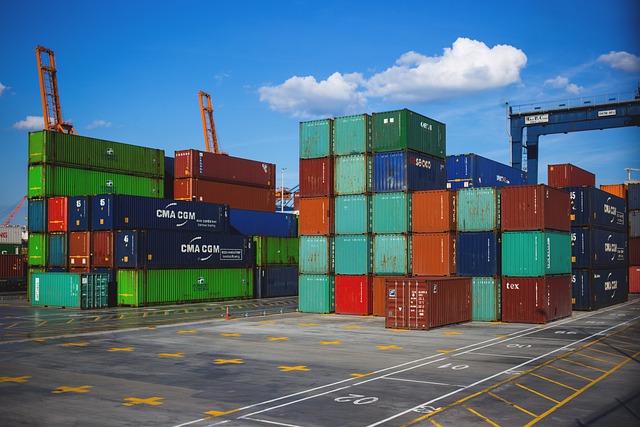Research stated that many senior executives in the sourcing, procurement, and supply industry believe that companies should explore new methods to increase their loading throughput and streamline their processes. It entails using various forms of technology to satisfy the ever-increasing requirements of the supply chain successfully.
Load matching strategies have been adopted by businesses to improve the efficiency of their supply chains and obtain a possible value from their respective carriers. However, it is a complicated process that necessitates using complementary technology to maximize effectiveness. As a result, several programs have been developed to guide drivers in correctly securing their goods and using all available space within the carriers.
Nonetheless, what exactly is meant by the term “load matching”? This article will explore its crucial variables, technological realization, and, most significantly, its potential benefits to your business.
Definition and Elements of Accurate Load Matching
In the process of load matching, appropriate loads are matched with carriers with additional capacity. It creates the best possible balance between the amount of space utilized to its fullest potential and the ease with which the process can be carried out. This ultimately contributes to less expensive, more productive, and safer travel.
For accurate load matching, it is necessary to consider several key variables, such as the load’s weight and height, how fragile items should be secured, and the order in which they should be loaded.
First, we must consider the weight distribution issue, which necessitates that packages be packed so that the load is shared evenly between the shipping container’s walls. The reason for this is that having an excessive volume of weight on one side could make it more likely that one of your drivers will become involved in a vehicle accident.
Another essential component is height, which plays a significant role in load matching. Drivers need to consider the road’s topography to determine how to pile the items so that they are neither excessively high nor low.
In addition, heavy objects shouldn’t be stacked on top of fragile ones, as this will cause the fragile items to break and will reflect poorly on your business if customers find out about the damage.
Finally, drivers should arrange the packages in the order of delivery priority, ensuring the items that need to be delivered last are the first to go in. If they don’t do this, they’ll have to rummage through everything at each stop to search for what they need, which will take excessive time.
Role of Technology in Load Matching
Some businesses may not realize that technological advancements could benefit their load-matching procedure. In contrast, others may be under the mistaken impression that they are currently doing an excellent job.
When it comes to the latter scenario, the managers continue to consolidate loads through the use of dated and labor-intensive manual processes. Consequently, most businesses use software to ensure that all their products will be shipped carefully without reducing their value.
Load planning is simplified by cutting-edge technological solutions like load matching software, which can surpass seasoned load planners. The software creates an automated staging and loading plan to optimize your journey.
It analyzes and improves the load-carrying procedure into your container from three different angles, making it possible to pack the items you are transporting or delivering in the most secure and time-effective manner.
What can load-matching software do for your business?
Utilizing load-matching software comes with a ton of benefits that you should not overlook. Perhaps the most glaring advantage is the potential for cost savings for businesses. You can save money on transportation by arranging more efficient routes, resulting in fewer empty miles driven by carriers and lower fuel costs, among other savings.
Businesses can reduce the time to find a load match by utilizing digital load matching. They can avoid wasting time calling around to various matching services or trying to match loads independently. Alternatively, they can program the system to work entirely automated, resulting in instantaneous compatibility.
AI matching operating systems can even make educated guesses about a potential match in the future, giving businesses peace of mind that they will find a transporter for their goods. In addition, load matching technology can integrate mobile phones and onboard vehicles, allowing for more precise tracking of the effectiveness of different routes.
Lastly, more reliable and consistent routes allow businesses to give their clients greater peace of mind. Consumers can feel more confident in the carrier service when they use one of the numerous services now offering online platforms through which customers can track the location of their products.







Recent Comments